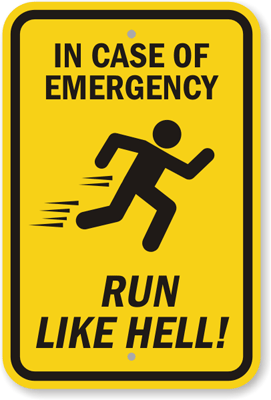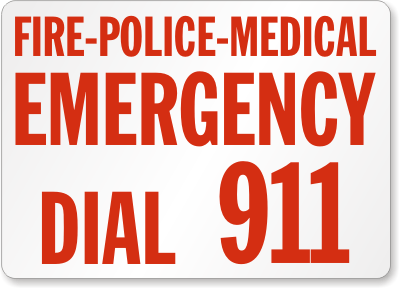Emergency response teams – what’s taking so long?
The Problem with Emergency Response
Disaster strikes. You rush to the phone and dial 911. As you watch things get worse — your child still choking, your home still burning, your elderly relative still in pain from the fall — the clock keeps moving. A full fifty-eight minutes later emergency services finally arrive on the scene.
If you live in Detroit, this could happen to you. According to a Wall Street Journal article, “Detroit police took an average of 58 minutes to respond to calls, compared to a national average of 11 minutes.”
What went wrong? Many issues lie within the systemic processing of emergency calls, according to police chiefs interviewed by the Wall Street Journal. Detroit’s problem was labeling too many calls as “high priority.” Other cities have admitted to similar malfunctions within their system. The issues can range from the operator misunderstanding the emergency, human error by the police officers, or computer malfunctions that set off the entire system.

With response times like Detroit, many people feel that their only option in an emergency is to run for the hills. View this sign here.
Are the emergency response delays misleading?
While these numbers are startling, police argue they are often an unfair representation of the system. A single emergency that takes a long time to respond to can skew the entire average upward. Other factors such as distance, traffic, number of officers responding elsewhere, and city layout can all cause delays in response. Some police argue that response times are an inaccurate measure and advocate for a percentile-based system instead.
Regardless of whether it’s a perfect system, the numbers do indicate problems. An efficient emergency response system helps contain disasters; without one, a controllable problem could get out of control.
A 2011 report by Forbes states:
The U.S. Center for Disease Control launched the “Cities Readiness Initiative” (CRI) to enhance the emergency preparedness of America’s largest cities and metropolitan statistical areas, which encompasses more than 50% of the nation’s population. By contemplating an extreme scenario, the CRI considers the full gamut of response capabilities considered critical to managing a crisis. As part of the CRI, the CDC and state public health personnel assess local emergency-management plans, protocols and capabilities for 72 Metropolitan Statistical Areas and four non-MSA large cities.
Some of the worst cities ranked by the report were Albuquerque, Birmingham, Pittsburgh, and Hartford. New York City, Chicago, Albany, and Washington, DC ranked among the most responsive cities for emergency situations.

Signs like this can remind small children or foreigners what to do in case of an emergency. Never underestimate the power of a reminder! View this sign here.
How Can You Help?
Slow response time can also be due to poor emergency planning. Fortunately, there are many ways to prepare yourself for an emergency. These tips will help you be as safe as possible while the emergency response team is on its way.
- Have your house or business number displayed in a way that is visible from the road. If you have a long driveway or large property, putting fire address signs on the street that help guide response services.
- Install sensors and monitors that send messages to the police and fire department without a phone call. Fire alarms, water sensors, burglar alarms, and “lifeline” fall buttons will contact the police for you.
- Create a plan for your family or coworkers. You should know where you will meet in the event of an emergency and whose job it is to report and count missing people.
- Arm yourself with basic first aid knowledge! While eleven minutes is a lot better than fifty eight, it can mean life or death in the event of choking or cardiac arrest. Learning CPR could help save the life of someone you care about!
- Learn how to use the safety features you install at home and at work. It’s not enough to have a fire extinguisher if you can’t open it when the time comes. Spend a little extra money and buy additional equipment so coworkers and family members can test out these products. Fire extinguishers should regularly be inspected and a record should be kept using fire extinguisher tags.
- Place visible instructions and emergency alert signs around large spaces. While 911 may seem obvious to you, foreign clients and visitors could have no idea what number to call.
What tips do you have for emergency situations? Comment below and let us know!













